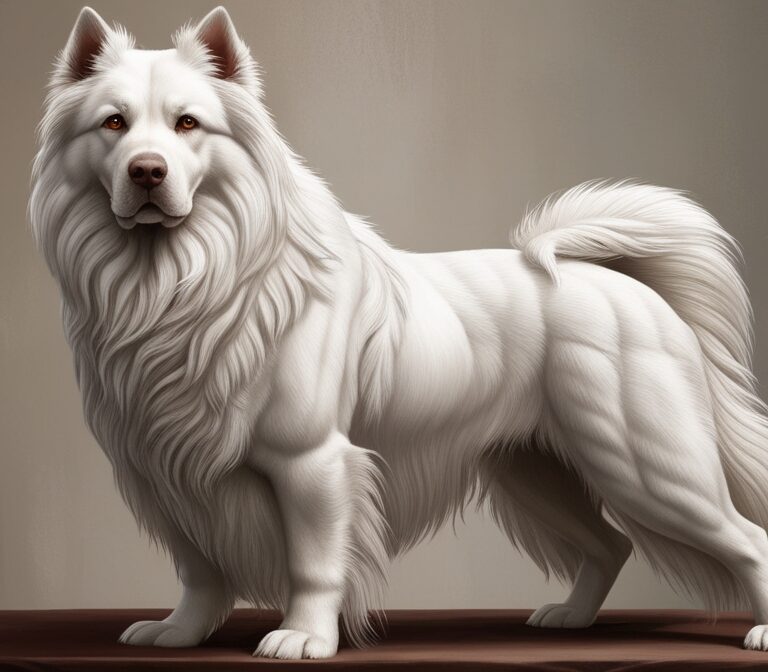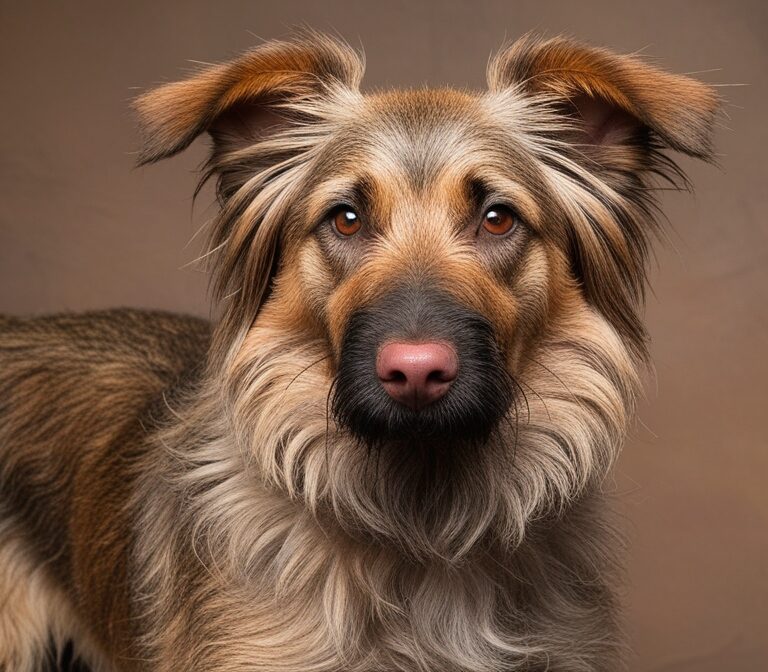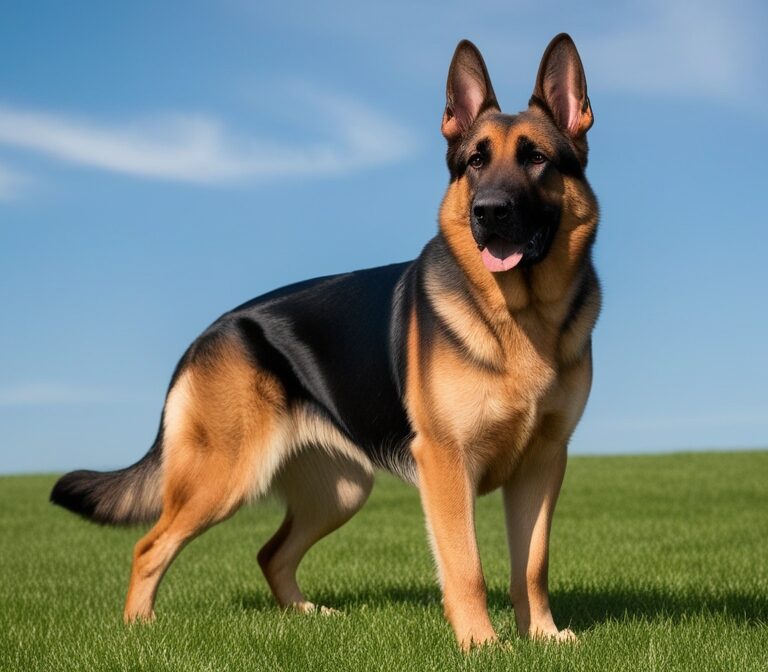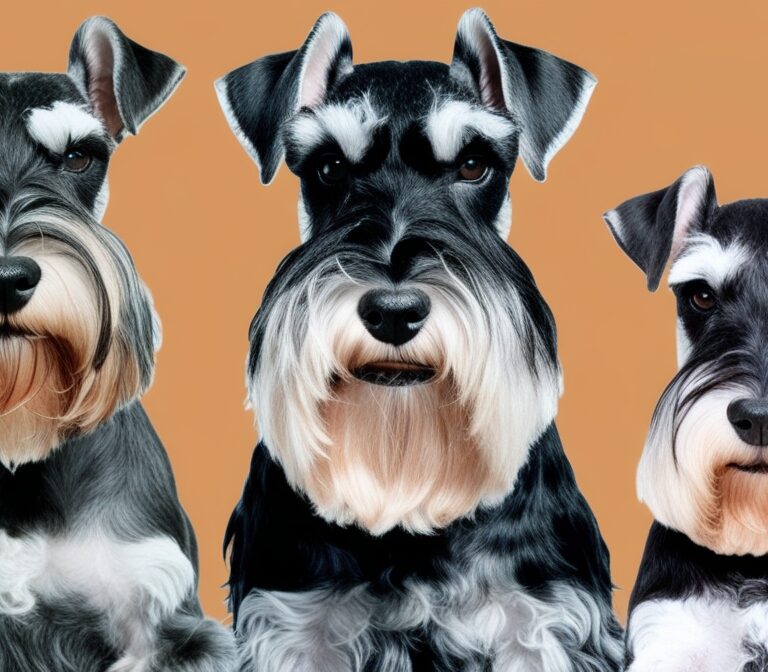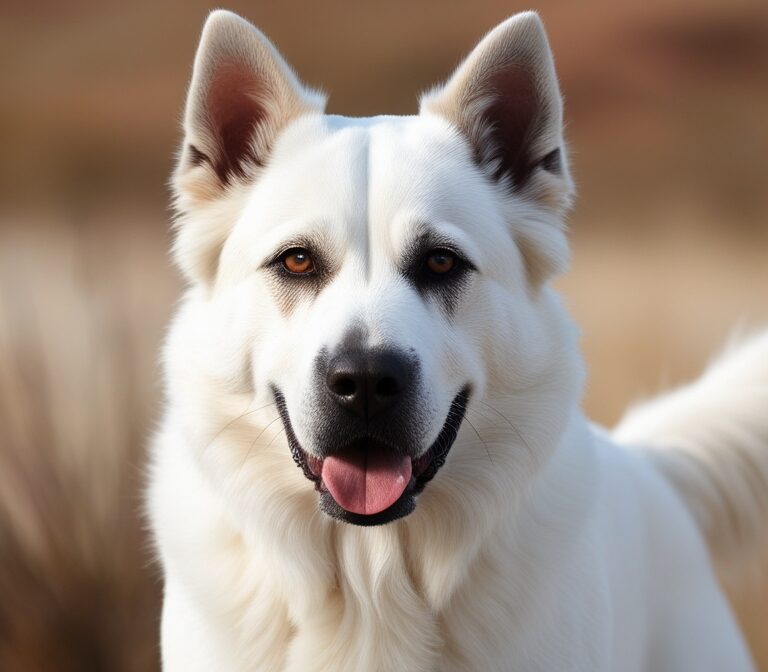Cesky Terrier: The Charming and Rare Czech Breed
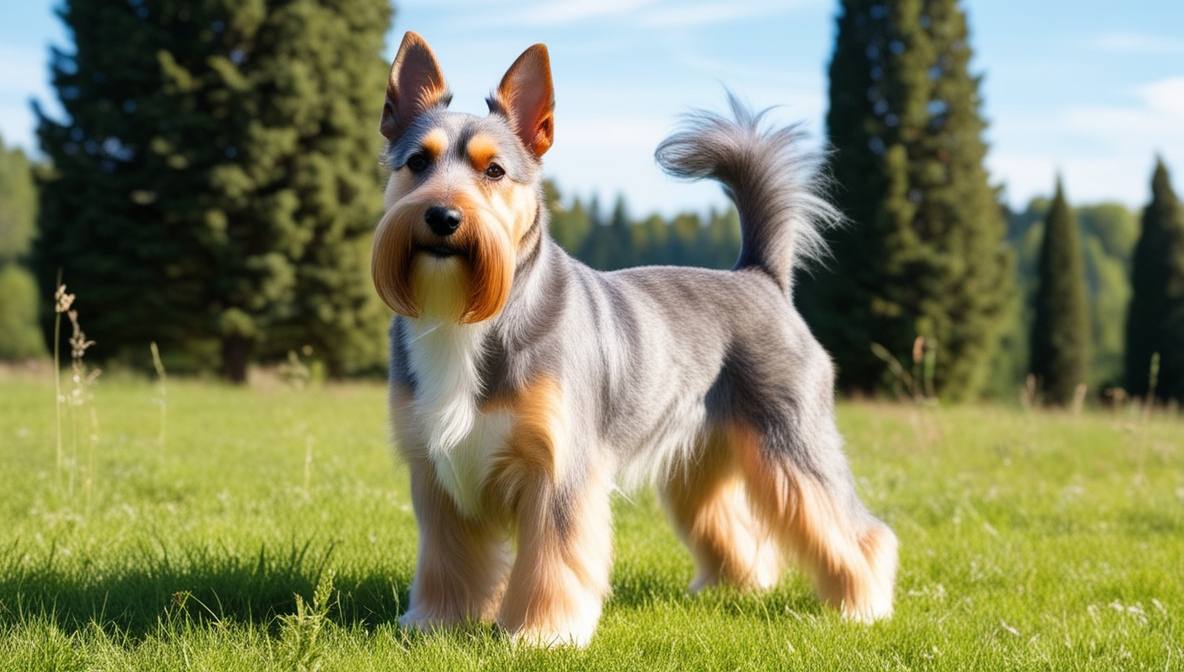
Introduction to the Cesky Terrier
The Cesky Terrier, also known as the Bohemian Terrier, is one of the rarest terrier breeds in the world. Originating in the Czech Republic, this breed was specifically developed to be a versatile, family-friendly companion with the tenacity of a terrier and the calm demeanor of a house pet. Unlike many other terrier breeds that were bred for fierce hunting, the Cesky Terrier was created with a focus on adaptability, elegance, and gentleness.
This dog is instantly recognizable by its silky, wavy coat and long, lean body. With its unique appearance and affectionate temperament, the Cesky Terrier has gained admiration among enthusiasts, though it remains a relatively rare breed outside of its homeland. This article explores the history, characteristics, temperament, care, training, and lifestyle of the Cesky Terrier in detail, providing a complete guide for prospective owners and dog lovers alike.
History and Origins of the Cesky Terrier
The Cesky Terrier is a relatively modern breed compared to many terrier types. It was developed in the mid-20th century by František Horák, a Czech geneticist and breeder. Horák’s goal was to create a terrier that was less aggressive than traditional terriers, yet still capable of performing hunting duties such as tracking and flushing game from burrows.
To achieve this, Horák crossbred the Scottish Terrier and the Sealyham Terrier. The Scottish Terrier contributed to the Cesky’s compact size and determination, while the Sealyham Terrier provided substance and calmness. After years of careful breeding, the Cesky Terrier emerged as a distinct breed with a softer temperament, unique coat, and improved adaptability to family life.
The breed was officially recognized in Czechoslovakia in 1963 and later by the Fédération Cynologique Internationale (FCI) in 1963. It was recognized by the American Kennel Club (AKC) in 2011, entering the Terrier Group. Despite its international recognition, the Cesky Terrier remains rare, with limited numbers even in its country of origin.
Physical Characteristics of the Cesky Terrier
The Cesky Terrier is a small to medium-sized dog with a muscular but graceful build. Its appearance sets it apart from other terriers, giving it a distinctive and elegant look.
Size and Weight
- Height: 10–13 inches (25–33 cm) at the shoulder
- Weight: 14–24 pounds (6–11 kg)
Coat and Colors
The breed’s silky, wavy coat is one of its most striking features. Unlike the wiry coats typical of terriers, the Cesky Terrier has a soft texture that requires trimming rather than hand-stripping.
Recognized coat colors include:
- Gray-blue (most common)
- Light coffee brown (less common)
Puppies are usually born black, brown, or a darker shade and gradually lighten as they mature.
Head and Expression
The Cesky Terrier has a long, wedge-shaped head with a bushy beard, mustache, and eyebrows that accentuate its charming expression. Its dark, almond-shaped eyes are expressive, while its medium-sized, triangular ears fold neatly to the sides.
Overall Appearance
The Cesky Terrier’s long, low body and graceful movement reflect both its hunting ability and its companion-oriented breeding. Its elegant silhouette makes it stand out in dog shows and among terrier enthusiasts.
Temperament and Personality
The Cesky Terrier was intentionally bred for a gentler temperament than most terriers. It combines the courage and determination of a hunting dog with the affectionate and adaptable nature of a companion animal.
Family-Friendly Companion
Cesky Terriers are excellent family dogs. They are affectionate with their owners, patient with children, and generally good with other pets when properly socialized. Their playful yet calm demeanor makes them a suitable choice for households that want an active but not hyper dog.
Social Nature
This breed thrives on companionship and does not do well when left alone for long periods. Cesky Terriers enjoy being part of family activities and prefer environments where they can interact with people frequently.
Protective Instincts
Though not aggressive, Cesky Terriers are alert and protective. They make good watchdogs, barking to alert their family of strangers without becoming overly yappy.
Adaptability
Thanks to their calm disposition, Cesky Terriers adapt well to various living environments, including apartments, provided they get enough exercise. They are less stubborn and reactive compared to many terrier breeds, making them easier to manage in urban or suburban settings.
Training and Intelligence
Cesky Terriers are intelligent, eager to please, and responsive to training. However, they still retain some terrier independence, requiring consistent and patient guidance.
Training Approach
- Positive reinforcement methods work best, using praise, treats, and play as rewards.
- Early socialization is crucial to expose them to different people, environments, and other animals.
- Obedience training helps establish structure and prevent stubbornness.
Agility and Canine Sports
Cesky Terriers excel in dog sports such as agility, obedience, and tracking. Their natural hunting instincts also make them suitable for scent work. Participation in such activities provides mental stimulation and strengthens the bond with their owner.
Exercise and Activity Needs
While not as hyperactive as some terriers, Cesky Terriers still require daily exercise to stay healthy and happy.
Exercise Recommendations
- At least 30–60 minutes of exercise daily
- Walks, playtime, and interactive games like fetch or tug-of-war
- Mental stimulation through training, puzzle toys, and scent games
A Cesky Terrier’s adaptable nature makes it equally comfortable on long hikes or relaxed play sessions in the backyard.
Grooming and Coat Care
The Cesky Terrier’s coat requires regular grooming to maintain its silky texture and prevent mats.
Grooming Needs
- Brushing: At least 2–3 times per week to prevent tangles
- Trimming: Every 6–8 weeks to maintain the breed’s signature look
- Bathing: As needed, depending on activity level
Unlike wiry-coated terriers, Cesky Terriers do not require hand-stripping, making their grooming routine somewhat easier. However, professional grooming may be helpful to maintain the breed standard cut, which highlights the dog’s long beard, eyebrows, and elegant body shape.
Health and Lifespan
Cesky Terriers are generally a healthy breed with a lifespan of 12–15 years. However, like all breeds, they can be prone to certain health conditions.
Common Health Concerns
- Scottie Cramp: A movement disorder inherited from the Scottish Terrier
- Hip Dysplasia: Occasional cases despite being a small breed
- Eye Conditions: Cataracts and lens luxation may occur in some lines
- Obesity: Due to their small size, weight gain should be monitored carefully
Preventive Care
Regular vet checkups, a balanced diet, proper dental hygiene, and consistent exercise all contribute to a Cesky Terrier’s long and healthy life.
Cesky Terrier in Families and Homes
The Cesky Terrier’s versatility makes it a great addition to many different households.
With Children
Cesky Terriers are gentle with children and enjoy playing with them. Their sturdy yet manageable size makes them less fragile than toy breeds but easier to handle than larger dogs.
With Other Pets
When socialized early, Cesky Terriers usually coexist well with other dogs and even cats. However, due to their hunting background, supervision is recommended around small animals like rodents or rabbits.
Ideal Homes
- Active families who enjoy daily walks and playtime
- Seniors or singles looking for a loyal companion
- Apartment dwellers, provided exercise needs are met
Cesky Terrier as a Hunting Dog
Although primarily kept as companions today, Cesky Terriers still retain their hunting instincts. In their homeland, they are sometimes used for hunting small game such as foxes, rabbits, and wild boar.
Their long, low body allows them to enter burrows, while their intelligence and determination make them efficient working dogs. However, their softer temperament compared to traditional terriers makes them more manageable in family homes.
The Cesky Terrier in Dog Shows
The Cesky Terrier’s unique appearance makes it a standout in the show ring. Judges admire the breed’s elegant silhouette, silky coat, and expressive head. Maintaining the correct grooming pattern and presenting the dog with confidence are key factors for success in competitions.
Rarity and Popularity
The Cesky Terrier remains one of the rarest dog breeds in the world. Even in the Czech Republic, their numbers are limited. Their rarity contributes to their appeal but also means that finding a reputable breeder can be challenging.
Breed clubs and dedicated enthusiasts are working to preserve and promote the Cesky Terrier, ensuring its continued existence and recognition.
Choosing a Cesky Terrier Puppy
Prospective owners must carefully research breeders to ensure they find a healthy, well-socialized puppy.
What to Look For in a Breeder
- Health testing of parent dogs
- Transparent breeding practices
- Socialization of puppies from an early age
- Membership in national or international breed clubs
Due to the rarity of the breed, waiting lists for puppies are common. Adopting from rescue organizations or breed-specific clubs is also an option.
Diet and Nutrition
Proper nutrition is vital for maintaining a Cesky Terrier’s health and energy.
Dietary Needs
- High-quality commercial dog food or a balanced raw/home-cooked diet
- Protein-rich diet to support muscle development
- Controlled portions to prevent obesity
- Regular access to clean, fresh water
Treats should be used in moderation, especially during training sessions, to prevent excessive weight gain.
Traveling and Lifestyle with a Cesky Terrier
Cesky Terriers are adaptable travelers and make excellent companions on family trips. Their manageable size allows them to fit comfortably in cars, and they often enjoy new experiences.
Travel Tips
- Provide a comfortable crate or carrier
- Bring familiar toys and bedding
- Maintain regular feeding and exercise schedules
- Ensure proper identification and microchipping
Their calm disposition helps them adjust to new environments, whether on vacation, visiting friends, or relocating to a new home.
Conclusion
The Cesky Terrier is a rare gem among dog breeds—an elegant, affectionate, and adaptable companion with the heart of a hunter and the gentleness of a family dog. Though not as widely known as other terriers, its unique qualities make it a cherished breed for those lucky enough to share their lives with one.
From its fascinating origins in the Czech Republic to its role as a loyal family companion, the Cesky Terrier represents a perfect blend of charm, intelligence, and versatility. For prospective owners seeking a rare yet loving breed, the Cesky Terrier is an ideal choice.
